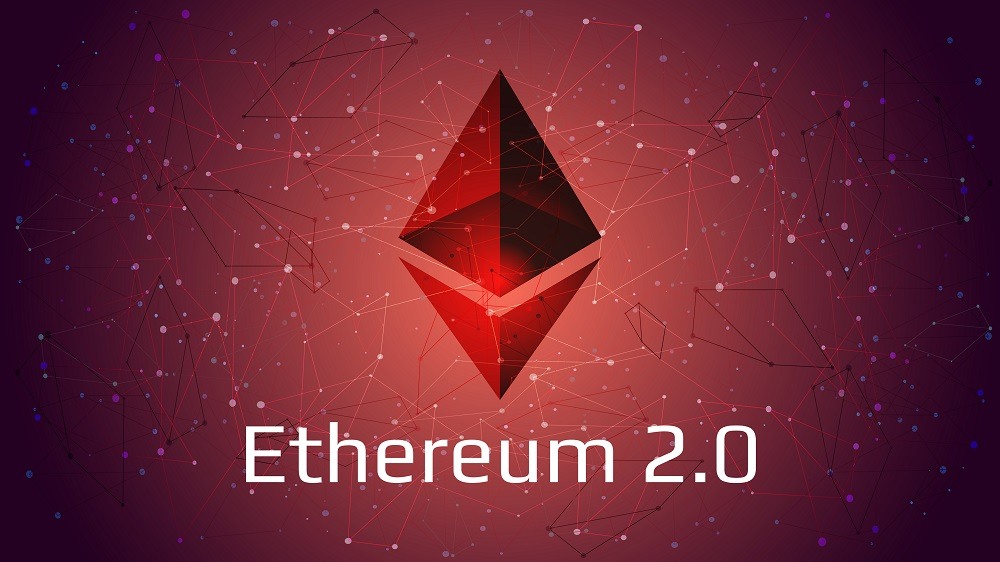
The major difference between Ethereum 2.0 and its counterpart is the consensus mechanism that they use. Ethereum uses a proof-of-work (PoW) mechanism, while Ethereum 2.0 uses a proof-of-stake (PoS) mechanism.
The proof-of-work mechanism is an energy-intensive process in which complex mathematical puzzles are decoded by miners with the help of computer hardware processing power. This is also used to verify new transactions. Whoever decodes the puzzle first, adds a new transaction that contains the previous transactional records making up the blockchain.
In the proof-of-stake mechanism, crypto is used to verify a transaction by the transaction validators instead of miners. The validators must propose depending on the time and amount of crypto they hold. When a majority of validators claim to have seen the block, it is added to the blockchain and they are rewarded for conducting the block proposition successfully. This is how “forging” or “minting” takes place.
PoS is a more energy-efficient mechanism as compared to PoW since it uses less computing power to secure a blockchain.








